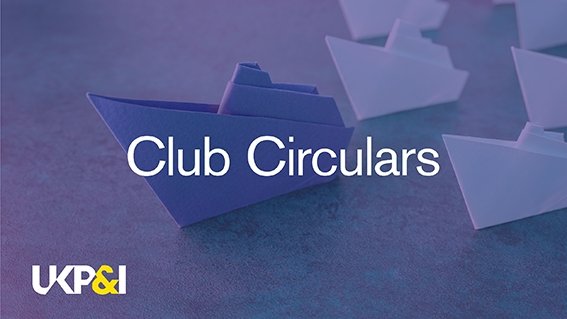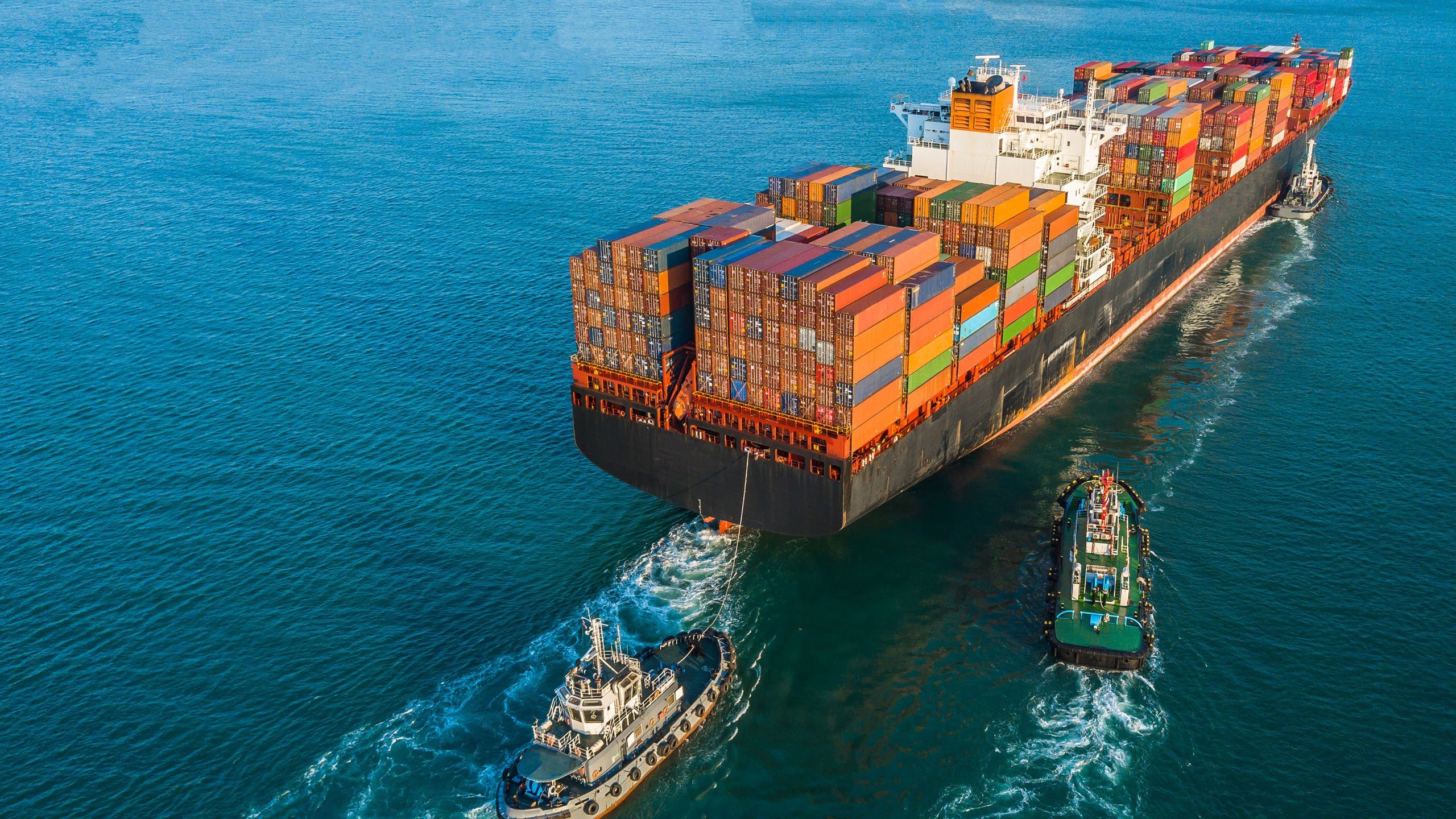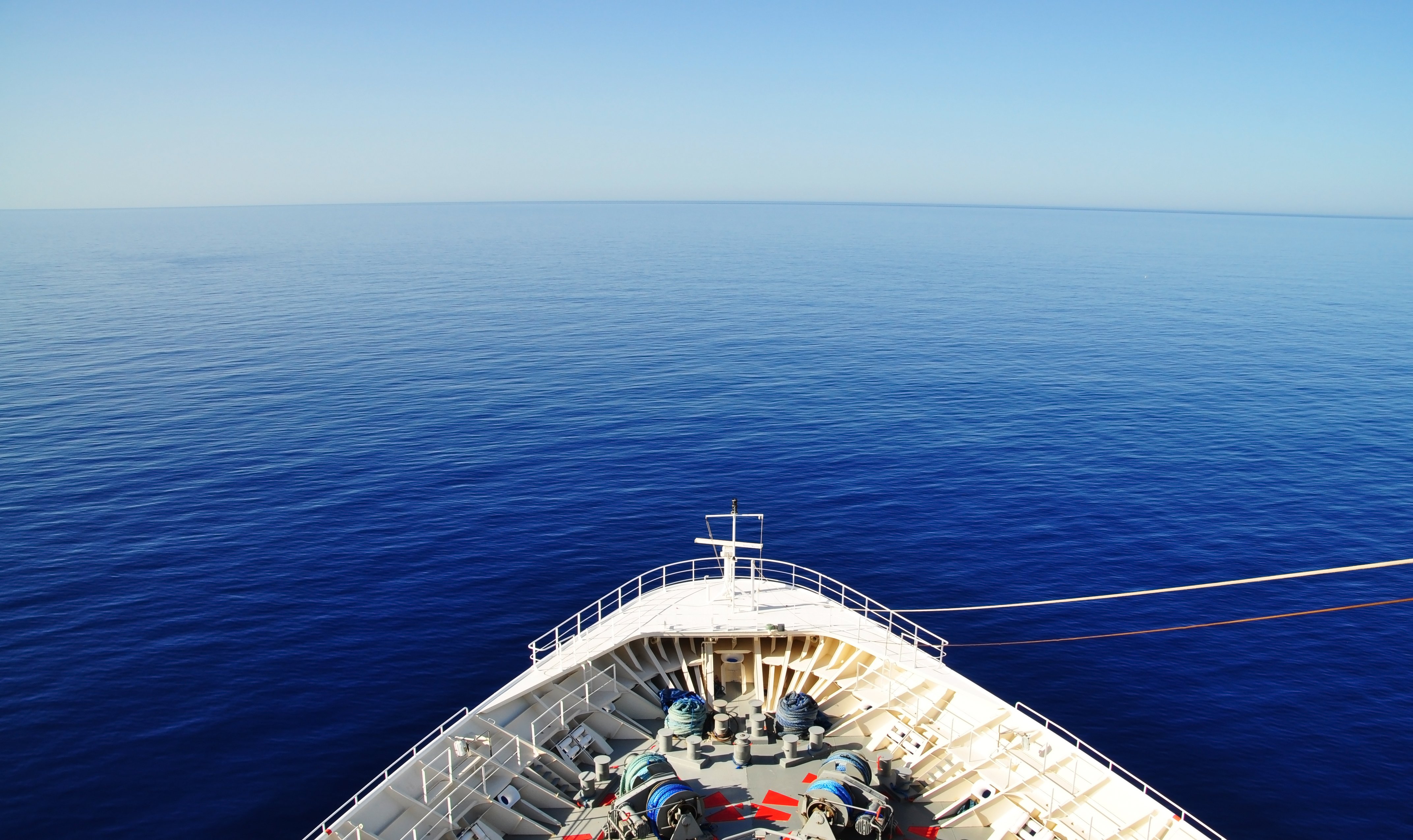
本文有中文版,请参文末链接。
OUTLINE
- All Clubs in the International Group maintain sophisticated sanctions compliance programmes and procedures
- The ability to track vessels using their AIS (“Automatic Identification Signals”) has become an increasingly important part of Clubs’ sanctions compliance programmes
- All International Group Clubs have now agreed a common minimum standard of tracking
TO THE MEMBERS
- Background
In line with their legal and regulatory obligations, all Clubs in the International Group maintain sophisticated sanctions compliance programmes and procedures. The rules and procedures developed by Clubs to manage sanctions risks take account of the guidance provided by bodies such as the UN Security Council (UNSCR), the UK Office of Financial Sanctions Implementation (OFSI), the US State Department and the US Office of Foreign Assets Control (OFAC). Through its system of circulars and news alerts, Clubs also seek to keep their Members up to date on recent developments with respect to sanctions.
The ability to track vessels using their AIS (“Automatic Identification Signals”) has become an increasingly important part of Clubs’ sanctions compliance programmes. All International Group Clubs have now agreed a common minimum standard of tracking.
Review of vessel tracking software
In order to ensure that Clubs were fully aware of capabilities of the products available in this fast-developing area, a working group carried out in depth discussions with service providers to better understand the technology available to monitor vessel movements in high risk areas. These products were subsequently trialled against the software currently utilised by Clubs. All International Group Clubs have now entered into agreements with commercial providers to track the movements of their entered vessels.
Introduction of a common standard for vessel tracking
All club share the common goals of ensuring their Members are aware of the sanctions framework in which they operate and that their Members’ vessels are not traded in violation of applicable sanctions. The agreed common minimum standard of vessel tracking in high risk areas helps to identify activities such as port calls in sanctioned countries, abnormal navigation, manipulation and/or switching off a vessel’s AIS transmitter, and STS operations in high risk areas.
P&I Clubs can use the information received from the tracking provider to reach out to Members to ensure that they are fully aware of the sanctions which may impact on their trading patterns and the due diligence steps that can be taken to ensure no sanctions are violated. The information can also be used to mitigate against the risks of the Club inadvertently providing cover to a vessel which is violating sanctions.
Limitations of AIS tracking
As highlighted in our January 2019 circular, an indicator of potential evasion activity is when a vessel inexplicably diverts course or ceases to transmit its AIS. s However, routine monitoring of a vessel’s AIS transmissions is not a complete answer when it comes to identifying potential evasion activity. A suggestion that a vessel may be “going dark”, be engaged in “dark activity” or having its AIS “turned off”, simply because no signal is received, can be misleading. This is because there are several possible reasons why no AIS signal may be received. For example.
- The issue may not be on the vessel but with the receipt of the AIS signal, particularly in areas of high-density traffic. This is a common problem.
- Different commercial providers use different AIS receivers and so just because one provider shows no AIS signal being received, another service may evidence an AIS signal being successfully transmitted.
- As has been highlighted in US shipping advisories, vessel spoofing may take place by other ships transmitting a false AIS and using the IMO number (the unique vessel identification code) of a different vessel. An inevitable consequence of such spoofing is that innocent vessel owners can be surprised to learn that their vessel is falsely reported as being potentially thousands of miles from its actual location and be accused of sanctions evasion.
- The Safety of Life at Sea Convention (“SOLAS”) provides that “ships fitted with AIS shall maintain AIS in operation at all times except where international agreements, rules or standards provide for the protection of navigational information”; a failure to operate a vessel’s AIS equipment in accordance with the requirements of SOLAS breaches Flag State requirements. However, SOLAS permits an AIS transmitter to be turned off for safety and security reasons and therefore where the transmitter has been turned off, there may be a justifiable reason for this.
- Where a ship is not in compliance with Flag State requirements the owner risks prejudicing cover under his P&I club rules. There will also be grounds to deny P&I cover on the basis of imprudent or unlawful trading where an owner trades his vessel in breach of sanctions, disguising its location by manipulating or withholding the transmission of AIS data.
Notwithstanding these limitations, the routine monitoring of AIS transmission has an important role to play as part of the Club’s continuing efforts to comply with applicable sanctions’ legislation and deprive vessels that choose to engage in sanctions breaking of cover. However, monitoring of AIS signal alone cannot ensure effective sanctions’ compliance. It is only one piece of the full picture. Other non-AIS data systems can also assist in effective vessel monitoring programmes together with ship security alert systems and data provided by flag states. Analysis of the raw data by experts is also essential. Satellite imagery is an increasingly useful additional tool.
All International Group Clubs are committed to monitoring vessels in high risk areas and minimising risk for their Members and have issued a similarly worded circular.




